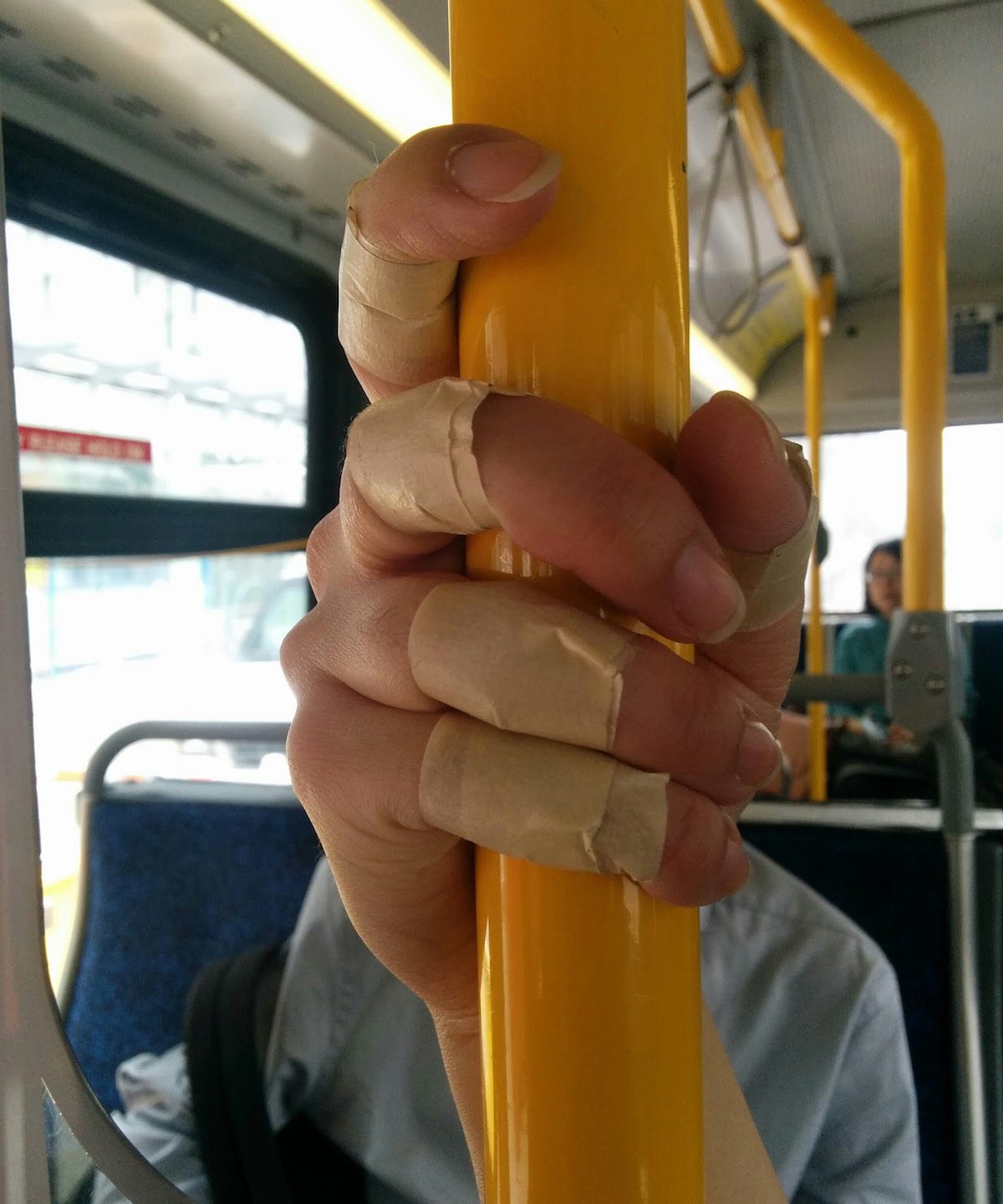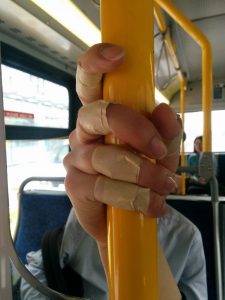Week 2 – May 19
This week’s class discussion:
- Review cube exercise assignment
- Grading criteria: based on quality of thought; originality; design craftsmanship
- Consent forms
- Next week’s exercise
- About empathy + this week’s exercise:
Often, we designers forget that others may not have the same background and experiences that we do. As a result, we can unintentionally overlook critical observations or assume things that we find easy or straightforward are likewise the case for other users.
Empathy: “It describes an experience where the boundary between the objectified “self” and “other” blurs without completely disappearing. A metaphor often used to describe the experience was an “entering into” an art object, be it a painting, a sculpture, a novel, or a performance. The metaphor is still used to this day when we speak of “stepping into” other people’s shoes.”
–Seung Chan Lim in What is Empathy? | UX Magazine
Therefore, remaining open and empathizing with your users can be an exceptionally valuable skill. By practicing placing yourself in another person’s shoes and seeing situations from another’s perspective, it becomes much easier to imagine the hurdles, challenges, frustrations and goals that may otherwise have been overlooked from your own perspective.
The exercise is meant to demonstrate the importance of building empathy to effectively study users, as well as how getting in a user’s mindset can benefit your design solutions.
This week’s class activity about “How can we learn?”:
This week’s activity owes a great deal of inspiration to industrial designer Patricia Moore. You will be divided into teams of 4-5. Each team will simulate an experience of being incapacitated in some way and learning about how you can be open to hearing and noticing those things that might be “hidden in plain sight.” This exercise is to allow you to experience first-hand how physical functional impairments, or even the use of hardware while performing daily routines, can impact the way we engage with basic activities such as walking, using transit and shopping in retail environments.
Bear in mind that this activity is meant to build our empathy muscle, not necessarily show you what it is to be like a parent, elderly person or disabled person. We can only experience and hypothesize about some of the issues around mobility. Without shadowing/speaking with users, we cannot truly understand the full set of challenges, including workarounds and tools a person would have for overcoming their impairments, their real routines or their emotions/mental states over time.
Due by the end of class:
You will document your team’s experience here. Note the things that feel impactful, surprising, or that you have not previously noticed.
Next week’s assignment:
- As you and your team go through this exercise, imagine ways that you could create a toolkit (think: “empathy in a box”) to teach others what empathy is about.
- This toolkit could be a game, an activity, cards, a set of instructions…whatever you want it to be.
- You will need to choose a target audience for your toolkit. It should be for one of these groups:
- 1) Age 8 and under –or–
- 2) Age 50 and over.
- Post your toolkit to the Canvas Discussion board. It can be a document, video, images with descriptions or whatever format/medium that best communicates what you’ve created, but it needs to be real not just a concept/idea.
Toolkit examples:
These are just for inspiration—and some aren’t necessarily toolkits but meant to show you that empathy can be brought alive in non-didactic ways too. Yours doesn’t have to be anything like these and will very likely be something smaller!
Ashoka Start Empathy toolkit and Be Fearless, Be Kind
Queensland Asia Pacific Design Library’s Design Minds Empathy Toolkit
(archived) Stanford d.school Bootcamp Bootleg
IDEO’s Field Guide
100% Open Innovation Toolkit (“finding unmet needs”)
Make America Dinner Again and Conflict Kitchen
Emily Carr Living Lab’s Design for Startups Toolkit
(archived) Helsinki Design Lab’s Ethnography Fieldguide
UBC’s d.studio toolkit
Artefact Group’s Designing for Empathy Toolkit


